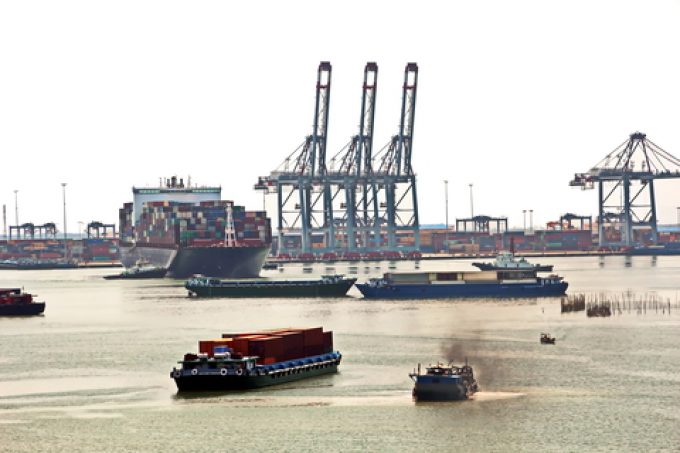South Korea's ambitious Lotte Global Logistics set for IPO
With demand for logistics services expected to grow, South Korean 3PL Lotte Global Logistics is ...

Backed by booming exports, Vietnam is on track to become South-east Asia’s fastest-growing economy this year – but there may be choppy waters ahead for cargo.
In stark contrast with China, Vietnam’s GDP grew at the fastest rate in 12 years during the first nine months of the year, and is set to post 8.5% growth for 2022, according to estimates.
Earnings from exports increased 17.8%, to $265.3bn, as of 15 September, according to the ministry of industry and trade, which attributed ...
Outlook for container shipping 'more uncertain now than at the onset of Covid'
Teamsters union vows UPS will be 'in for a hell of a fight' over jobs cull
Shippers warned: don't under-value US exports to avoid tariffs – 'CBP will catch you'
Cancelled voyages take the sting out of spot rate declines this week
New Houthi warning to shipping as rebel group targets specific companies
K+N CEO unveils impact of US import tariffs on China-origin goods
Blanked sailings in response to falling demand 'just a stop-gap solution'
More pressure on transpacific rates as carriers bet on a China-US trade deal


Comment on this article